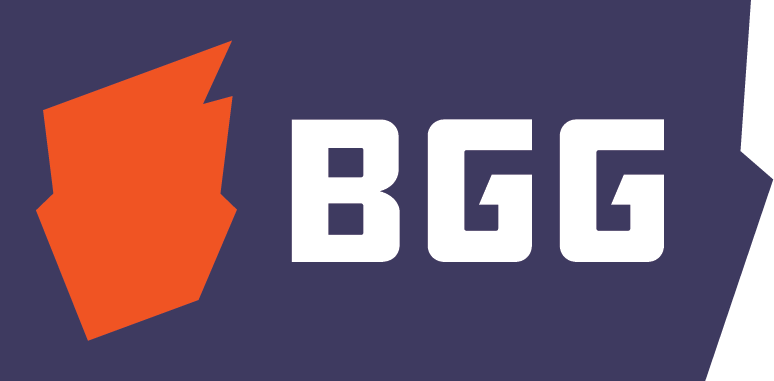Opis w języku angielskim:
Introduction:Scauver (from Old English: sÄÄawere, meaning "watcher", "mirror" or "buffon") is a card game for two to four players. It uses a French deck of 40 cards, excluding the 8s, 9s, and 10s. Each player has enough chips to bet, in an amount agreed upon by the players beforehand. This game began to be created in 2016 by Saïd Galdseid, but it took until 2024 to perfect its rules.
Definition:– The field is the area of play for each player where cards are placed face up.
– A flank is a group of cards that divides the field into two sections: left and right. A flank can contain one or more cards.
– The vanguard is a subgroup of up to three cards within each flank, chosen at the end of the round. A vanguard can contain a single card. The value of a vanguard is the total sum of its cards.
– A vanguard is considered greater if it contains more cards than the opposing vanguard, which will be the lesser.
– A link is a combination of cards formed by each player's vanguards. For a link to be valid, both vanguards must have the same value and must not share any numbers. This value defines the value of the link.
– An amphora is a mandatory initial bet that must be made before the start of each round. The player who shuffles and the player to their left, who cuts, are the only ones who place the amphora. In tournament mode, the value of the amphora may increase every specified number of rounds, as agreed upon by the players before the game starts.
Card values:The J, Q, and K cards are worth 8, 9, and 10 respectively, although they can optionally be replaced by the 8, 9, and 10 if the face cards are to be excluded. Aces are worth 1, and the other cards are worth their face value.
Scoring the field:The scoring of the field is the difference between the sums of the flanks, multiplied by the value of the chosen vanguards. The player with the lowest score wins the round, and in case of a tie, the hierarchy of the links is applied in order of importance.
Link hierarchy:The strength of a link is determined in order of importance:
1. Size: by the value of the link.
2. Length: by the number of cards in the vanguards (from lowest to highest: 2 to 1, 2 to 2, 3 to 1, 3 to 2, and 3 to 3).
3. Height: by the highest card in the greater vanguard, continuing to the lesser if necessary.
Initial distribution:Before the first round, the dealer is chosen randomly, who deals five cards to each player. Each player selects three cards and places them face up, while the remaining two stay in hand. The dealer rotates each round, moving to the left.
Turns:The player to the left of the dealer starts his turn, performing the following actions in order:
1. Draw a card from the deck and place it with your cards in hand.
2. Bet, fold, or proceed to the next step.
3. Choose one of the cards from your hand and place it face up in either of your two flanks.
4. Place your two remaining cards, one in each flank, until four cards are completed in both flanks, ending the round with a final bet.
5. Pass the turn to the player on your left.
Betting:Before dealing the cards, the amphoras are placed. If a player decides to bet, the other players can:
– Accept the bet by saying "I'm in."
– Reject the bet by saying "I'm out," and lose the round.
– Raise the bet by saying "I raise."
When all players have accepted the bet, the chips accumulate in the "pot." The player who wins the round takes all the chips from the pot.
End of the game:The game ends when a player no longer has enough chips to pay in the exchanges and is eliminated. The winner is the last player remaining in the game.
—description from the designer
















.png)








.png)






